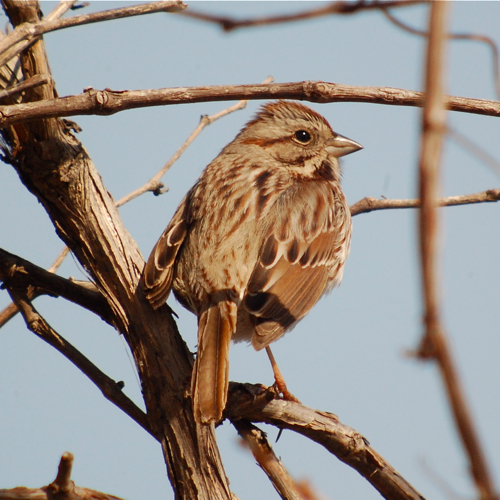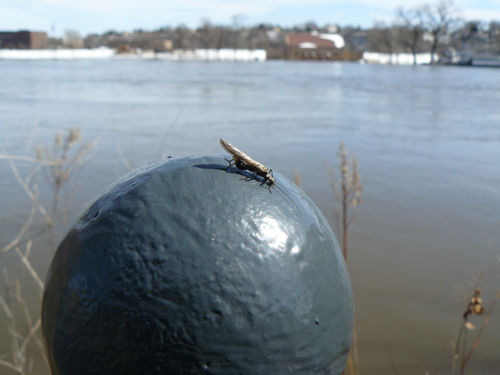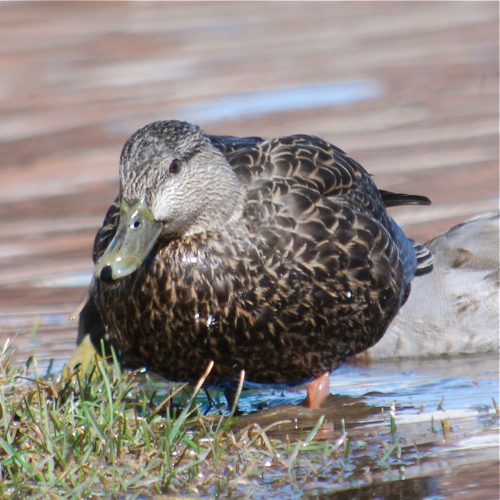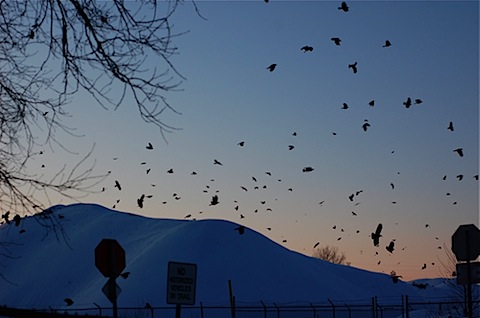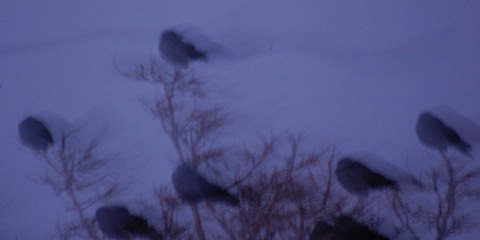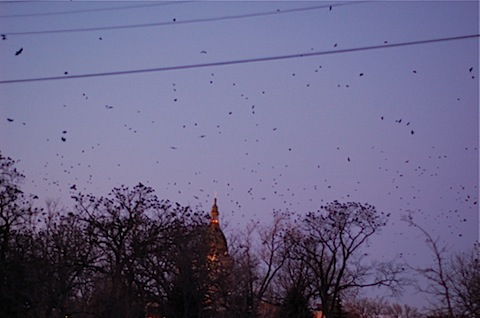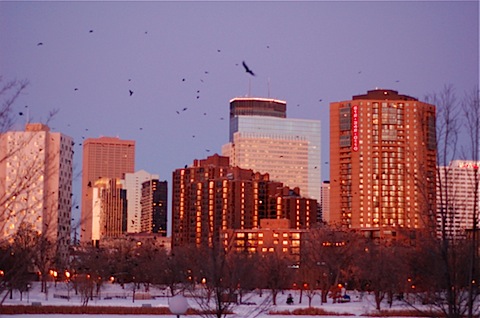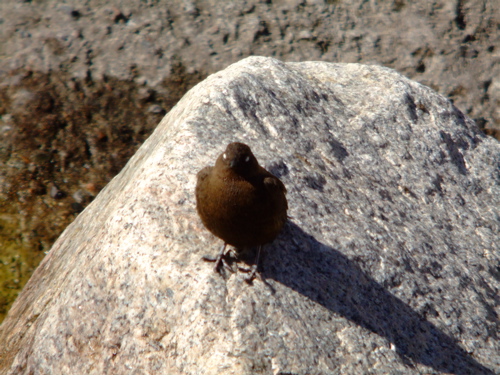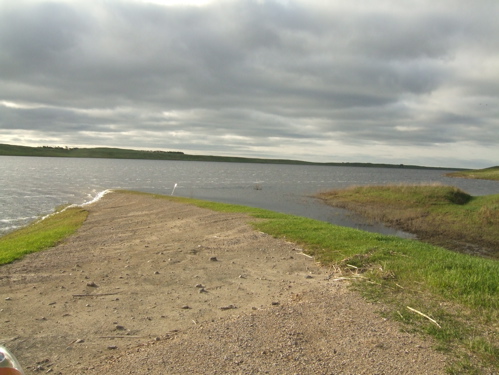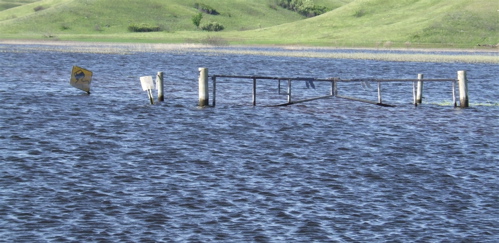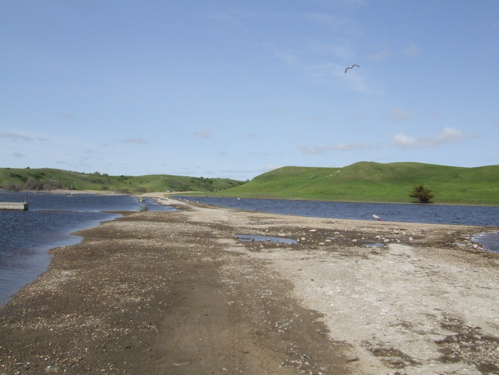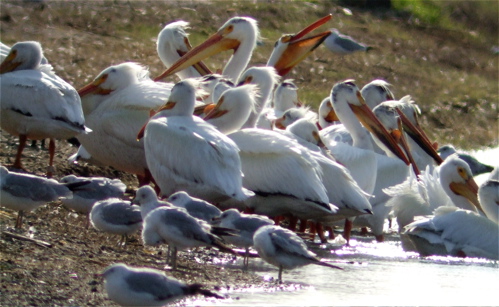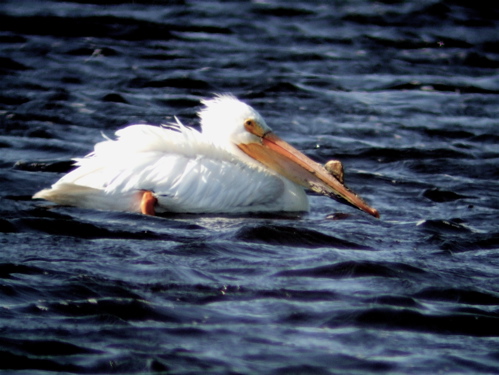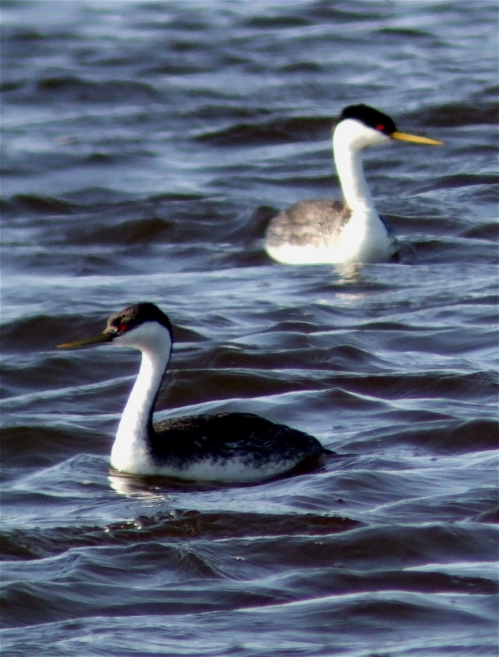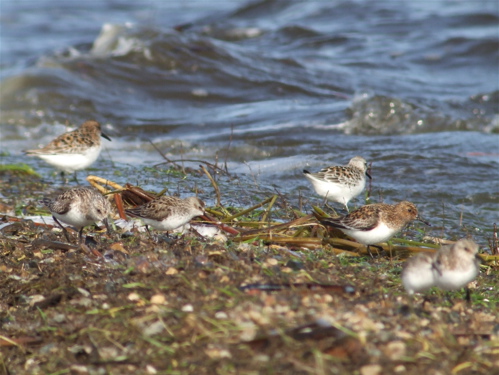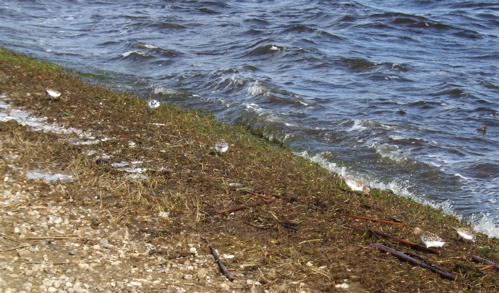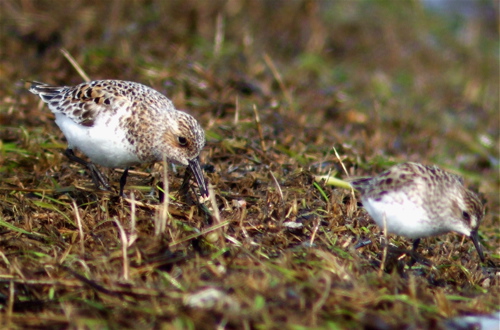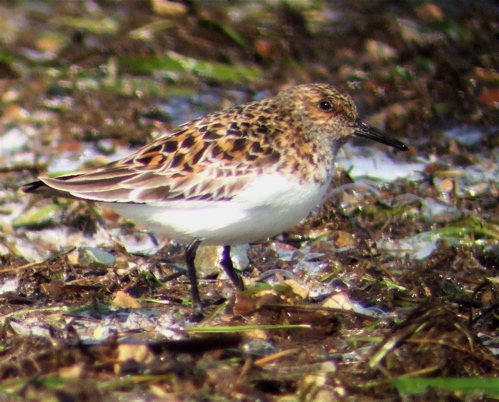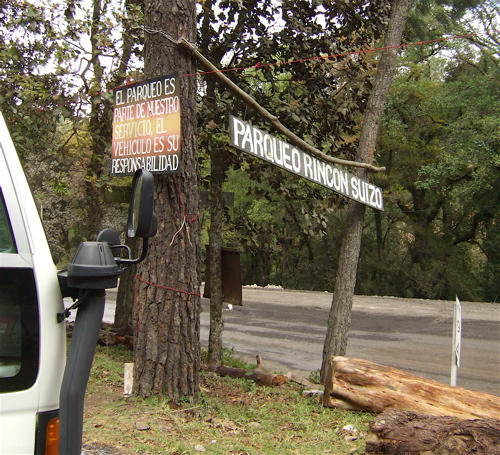 If you ever have the fortune to find yourself near the Pacific Coast of Guatemala, one of the must stops should be Rincon Suizo in Tecpan, Guatemala. Half the reason is the food, the other half is the birding potential!
If you ever have the fortune to find yourself near the Pacific Coast of Guatemala, one of the must stops should be Rincon Suizo in Tecpan, Guatemala. Half the reason is the food, the other half is the birding potential!

I have to say that I had one of the best breakfasts of my whole entire life here. Much of the food was pre-ordered for us on the road and this place was no exception. The original meal included beans, plantains, tortillas, eggs and hot sauce. But when I entered the restaurant, all I could smell was bacon and I was a woman obsessed, I asked if it was possible to add bacon to my meal (I offered to pay extra) but they gave it to me--it was the best bacon I ever tasted, it was grilled.
The tortillas are out of this world too and I am forever spoiled. Every place we went for a meal, whether it was breakfast, lunch or dinner, you heard the familiar patting of women preparting the thick, fresh delights, not like the thin, papery ones at my local grocery store.

We took a trail behind the restaurant which led to a clearing surrounded by a woods, full of wind and a little bit of cloud. Our quarry was a bird called a pink-headed warbler which just might be the snazziest warbler out there (which is saying something because in general most warblers are fairly snazzy to begin with). The wind whipping through the trees, the slight howling was slightly ominous but only added to the adventure of the search, especially as we ascended the slopes and my heavy breathing and heartbeat just added to the sound.

There were quite a few familiar birds like this flock of rose-breasted grosbeaks. At least three are in the above photo, two females and a male. I wondered if any of this flock would make it up to Minnesota. I normally write blog posts pretty much as they happen, but I'm enjoying doing these Guatemala posts so early in the Minnesota spring, even though I was there in February. While I see on Facebook and Twitter that my birding friends in the southern US are getting warblers and sparrows, I'm still waiting, finding joy in highs of 40 degrees. Looking back to Guatemala is a pleasure.

This was a hermit thrush that caused a bit of debate in our birding group. When we first saw it at a distance, some in the group thought it was a gray-cheeked thrush. It ended up being a hermit thrush, still a delightful bird, always happy to see a familiar face.

One of the cutest birds we saw was a tufted flycatcher, which is reminiscent of a tufted titmouse. I have to say that will never be a hardcore lister because I just do not care about my flycatchers as much as I should (I am not one to put up a strong fight for a willow or alder flycatcher if it's in the fall and if you know what I mean by that reference, you know too much about birds). But this dude is cute, easily distinguishable by its crest, and hangs out in the open making it easy to identify.
As I look at these photos, it's interesting to note that while we were here, I didn't get photos of colorful birds. Non Birding Bill would say that is natural since I don't pay attention to colorful birds, I'm only interested in brown birds. But we saw some really cool colorful birds, one being a red-faced warbler (do follow the link, it's a great bird) and we did finally see the pink-headed warbler. I just did not get a good photo. Mike from 10,000 Birds got a pretty good shot of it though--isn't that just a dynamite bird?

It's also funny that I have so many brown bird photos because what struck me most about the native people was how important color is to their culture and to their day to day lives. While we were birding in the woods, this group of women came out of the woods. I was a good distance away and digiscoped them. They were off to work probably in nearby fields and here they are in beautiful colorful dresses.

In many of the places we went birding, we would come across family groups of women going about their day to day lives. One of my favorite moments was coming out of the woods in pursuit of a bird and finding a group of Mayan women washing their clothes in a stream. The vibrant clothes were spread to dry on the banks as they finished the wash and their small children played nearby. A young girl, no more than four or five was holding her mother's machete. I wanted to get a photo, but her mother shook her head, "No." I had to respect her wishes and completely understood. I don't like my photo taken on laundry day either.

But color just played a huge roll in the day to day life of people in Guatemala. I wondered what it must like for someone to come from a country like this were even a guy who sells buckets uses color in his merchandising comes to someplace like Minnesota and sees the winter where it's white and then early spring when it's several weeks of gray and brown--how monochromatic and hard to deal with! That's got to be huge culture shock.
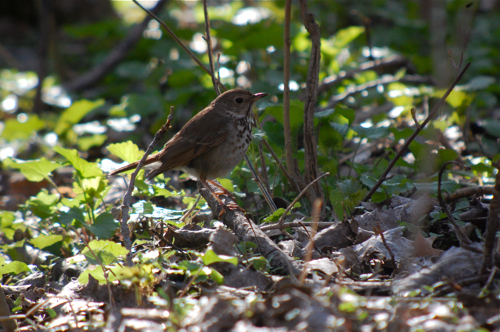
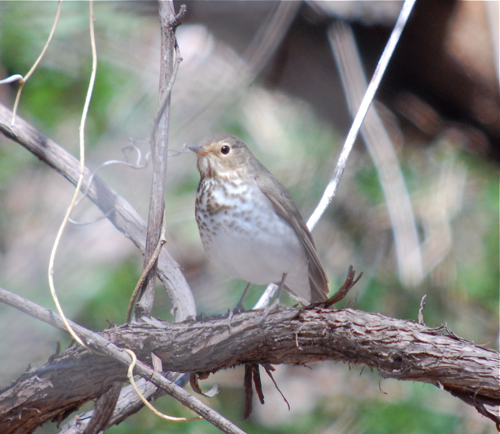

 The Mississippi River has been flooding a bit in downtown St. Paul, MN. It's an exciting time for us park rangers at
The Mississippi River has been flooding a bit in downtown St. Paul, MN. It's an exciting time for us park rangers at 